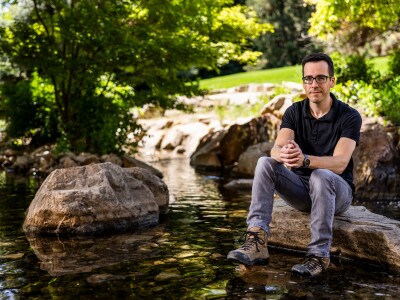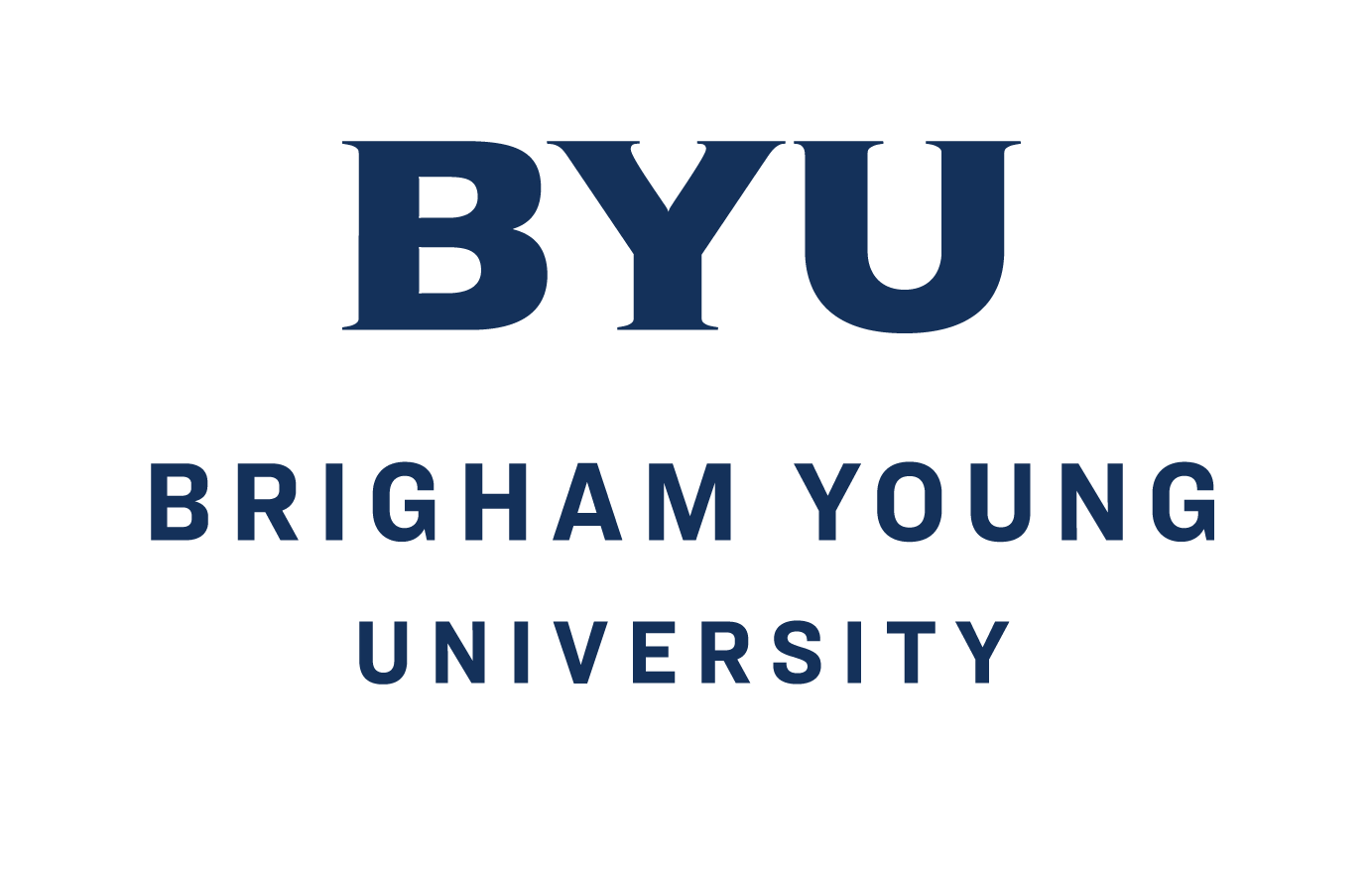Lee points to five areas that he considers highlights of his tenure as president:
(1) The regularizing of procedures that had been long understood but never formalized, specifically academic freedom and requirements for employment.
(2) Timely graduation. This is an effort to streamline a BYU education while maintaining its quality in order to help students graduate sooner and thereby allow more students to enroll. The endeavor has included negotiating transfer agreements with several junior colleges, revamping the general education program, reducing requirements in majors, providing special programs in mentoring and advisement for students, and other initiatives.
(3) Long-range planning. The Lee administration has been active in identifying and tackling strategic issues that will affect the university well into the 21st century. BYU is still conducting an extensive self-study.
(4) A capital campaign. The university announced April 4, 1996, a major fund-raising effort. Planning for this campaign to raise nearly $250 million began during Lee's tenure.
(5) Construction on campus. BYU is in the midst of its most intense building period since that Wilkinson era in the 1960s. The Museum of Art was completed in 1993. The Benson Science Building was dedicated in October, 1995. There were major library additions at the law school and the Harold B. Lee Library. The Eyring Science Center underwent significant renovation. Student housing has been renovated and expanded, and more expansion is planned. A foreign language residential complex has been completed. The Wilkinson Center, which houses student activities, was rebuilt.





